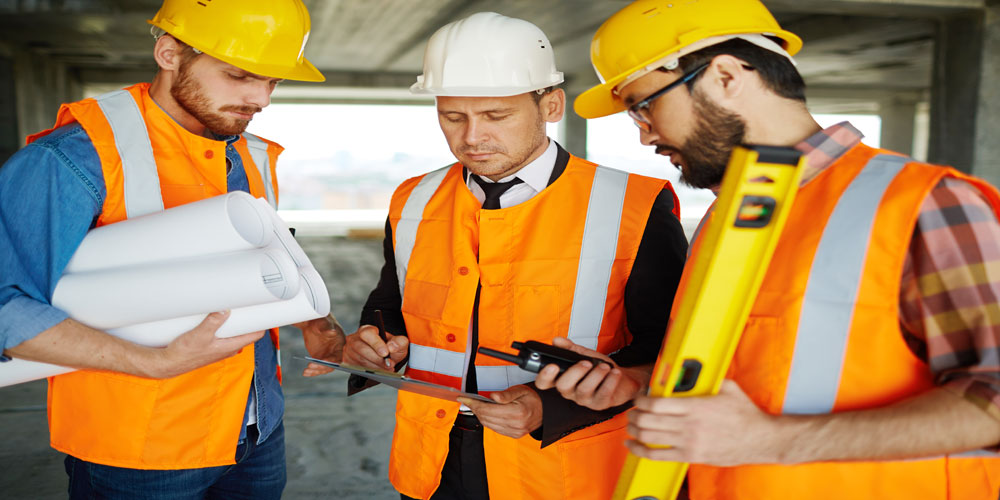
Air Quality Testing in the Property Industry
The Importance of Air Quality Testing in the Property Industry
In recent years, the focus on health and well-being has grown significantly, leading to a heightened awareness of the importance of indoor air quality (IAQ). This concern has permeated various sectors, with the property industry standing out as a crucial player in ensuring the well-being of occupants. Indoor air quality testing has emerged as a pivotal tool for property owners, developers, and managers to assess and enhance the air quality within buildings.

This post delves into the significance of indoor air quality testing in the property industry, exploring its impact on human health, property value, and overall occupant satisfaction.
Understanding Indoor Air Quality:
Indoor air quality refers to the condition of the air within buildings and structures, especially as it relates to the health and comfort of the occupants. It encompasses a range of factors such as the presence of pollutants, ventilation, temperature, and humidity levels. Poor indoor air quality can have detrimental effects on health, leading to respiratory issues, allergies, and other health problems.
The Property Industry’s Role:
The property industry plays a vital role in shaping the built environment, and as such, it carries a significant responsibility for the well-being of its occupants. Indoor air quality is a key aspect of this responsibility, as individuals spend a considerable amount of time indoors, whether at home, in offices, or other commercial spaces. Recognizing the impact of indoor air quality on the health and productivity of occupants, the property industry has increasingly turned its attention to comprehensive IAQ testing.
Health Impacts:
The link between indoor air quality and health is well-established. Poor air quality can contribute to respiratory problems, exacerbate existing conditions such as asthma, and even lead to long-term health issues. By conducting regular indoor air quality testing, property owners can identify and address potential sources of pollution, ensuring a healthier environment for occupants.
Occupant Satisfaction and Productivity:
The quality of indoor air has a direct correlation with occupant satisfaction and productivity. Employees, residents, and visitors are more likely to feel comfortable and perform better in spaces with good air quality. The property industry, recognizing this, has started to prioritize IAQ testing as a means to create environments that promote well-being, thereby increasing tenant satisfaction and overall property value.
Property Value and Market Competitiveness:
Indoor air quality has become a key consideration for individuals and businesses looking for properties. A building with a strong focus on IAQ is more likely to attract tenants and buyers. As sustainability and wellness trends gain momentum, properties with good indoor air quality stand out in the market, potentially commanding higher values. IAQ testing, therefore, becomes an essential component of a property’s overall competitiveness in the real estate market.
Regulatory Compliance:
Governments and regulatory bodies are increasingly recognizing the importance of indoor air quality and implementing standards to ensure the well-being of building occupants. Property owners and managers must stay informed about these regulations and comply with IAQ standards to avoid legal issues and potential liabilities. Indoor air quality testing serves as a proactive measure to ensure compliance with existing and emerging regulations, safeguarding both occupants and property owners.
Common Indoor Air Pollutants:
To effectively address indoor air quality, property professionals must understand and identify common indoor air pollutants. These may include:
(1) Volatile Organic Compounds (VOCs): Released from paints, cleaning products, and furnishings.
(2) Mold and Mildew: Thrives in damp and poorly ventilated spaces, leading to respiratory issues.
(3) Particulate Matter (PM): Tiny particles from combustion, construction, or other sources that can be inhaled into the lungs.
(4) Carbon Monoxide (CO): Produced by incomplete combustion of fossil fuels, posing serious health risks.
(5) Radon: A naturally occurring radioactive gas that can seep into buildings, leading to lung cancer.
Importance of Professional IAQ Testing:
While property owners can take some measures to improve indoor air quality, professional IAQ testing is essential for a comprehensive assessment. Certified professionals use specialized equipment to measure pollutant levels, identify sources, and provide recommendations for improvement. This approach ensures accurate and reliable results, guiding property owners in making informed decisions to enhance IAQ effectively.
The IAQ Testing Process:
Professional indoor air quality testing typically involves several key steps:
(1) Initial Assessment: Evaluating the property’s design, occupancy, and potential sources of pollutants.
(2) Monitoring: Using specialized equipment to measure levels of pollutants such as VOCs, PM, CO, and humidity.
(3) Sample Collection: Collecting air or surface samples for laboratory analysis to identify specific pollutants.
(4) Analysis and Reporting: Interpreting the results and providing a detailed report with recommendations for improvement.
(5) Implementation of Solutions: Taking corrective measures to address identified issues and improve indoor air quality.
Indoor Air Quality Testing ~ a Crucial Component
Indoor air quality testing has become a crucial component of the property industry’s commitment to providing healthy and sustainable built environments. As the awareness of the impact of indoor air quality on human health and well-being continues to grow, property professionals must prioritize IAQ testing to meet regulatory requirements, enhance property value, and ensure occupant satisfaction.
In doing so, the property industry can contribute to the creation of healthier and more livable spaces, aligning with the evolving expectations of occupants and stakeholders.